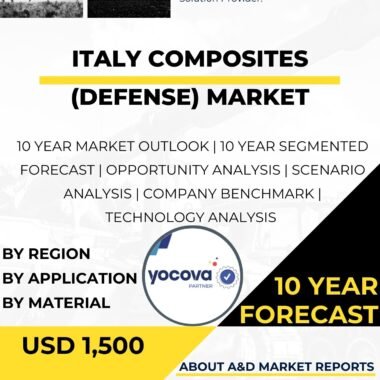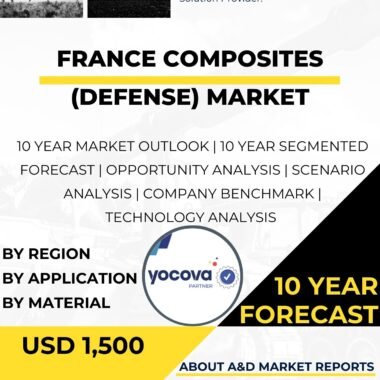Description
Australia Defense Armor Material Market Overview
The Australia Defense Armor Material Market is an important part of the nation’s defense industry. It provides advanced protective materials that safeguard soldiers, vehicles, and equipment from ballistic threats and explosions. This market continues to grow as modern warfare evolves and the need for stronger protection increases.
Key Materials in the Australia Defense Armor Material Market
Ballistic-Resistant Fibers
Ballistic-resistant fibers are among the most widely used materials in the Australia Defense Armor Material Market. Aramid fibers such as Kevlar and UHMWPE are strong, flexible, and lightweight. These fibers are woven into fabrics or layered as composites to stop bullets and shrapnel. They protect soldiers while allowing easy movement on the battlefield. Continuous research helps improve fiber strength and durability.
Composite Armor Materials
Composite materials play a major role as well. These include combinations of ceramics, metals, and other elements. Ceramics like boron carbide and alumina are extremely hard and can absorb the energy of high-speed projectiles. When layered into composite plates, they offer strong protection while staying lightweight. Composite armor is widely used in body armor, vehicles, and aircraft.
Reactive Armor Systems
Reactive armor is another major category in the Australia Defense Armor Material Market. It uses explosive layers that react when struck by a projectile. The explosion disrupts the projectile’s penetration process and reduces damage. This technology is common in tanks and armored personnel carriers and helps defend against anti-tank weapons.
Metal Alloys
Metal alloys, including high-strength steel and titanium, are essential for armored vehicle hulls and protective plates. These alloys deliver solid resistance to many threats. Advances in metallurgy continue to create lighter and stronger metals that support improved protection and mobility.
Technological Drivers in the Australia Defense Armor Material Market
Nanotechnology Advancements
Nanotechnology significantly contributes to improvements in armor materials. Nanocomposites include nanoscale particles that enhance strength and flexibility. These materials aim to reduce weight while increasing protection, which is crucial for soldier mobility and vehicle efficiency.
Defense Modernization Priorities
Australia’s defense strategy and budget strongly influence the market. As threats evolve, the military invests in advanced materials that improve survivability. Modernization efforts ensure that Australia stays equipped with cutting-edge armor solutions.
Industry and Research Partnerships
Collaboration between defense companies, universities, and research institutions supports constant innovation. Government-funded programs and partnerships with global defense manufacturers help accelerate the adoption of new armor materials and technologies.
Future Outlook for the Australia Defense Armor Material Market
The Australia Defense Armor Material Market is expected to grow steadily. Demand for lighter, stronger, and more adaptable armor materials will continue to rise. Continuous innovation in fibers, composites, metals, and nanomaterials will shape next-generation protection systems.
Conclusion
The Australia Defense Armor Material Market is a vital and fast-evolving sector. It includes ballistic fibers, composite armor, reactive armor, advanced metals, and emerging nanomaterials. As modern threats become more complex, Australia must invest in innovative armor solutions to protect its defense forces. The development and adoption of advanced materials will ensure better protection, improved performance, and stronger defense capability for the future.




